Alcohol as a Disinfectant
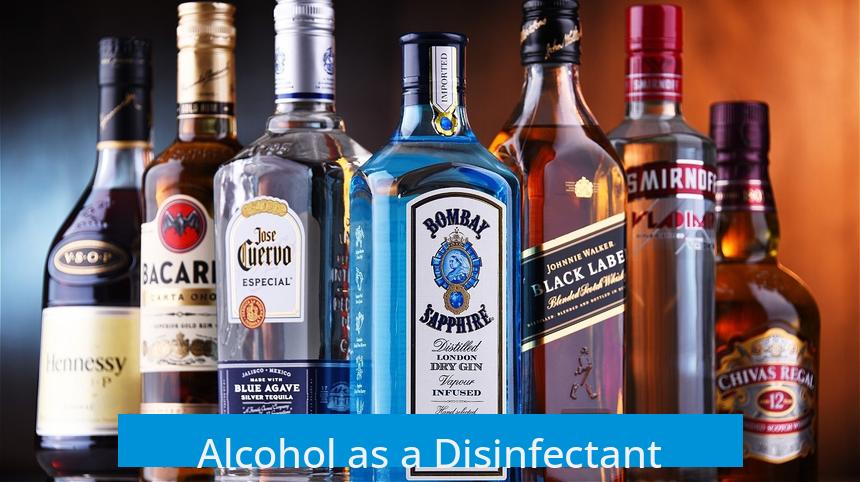
Alcohol acts as an effective disinfectant primarily when its concentration ranges around 70%, killing a wide array of microorganisms by denaturing their proteins and dissolving lipid membranes. Both isopropyl alcohol and ethanol serve as common disinfectants, with specific applications and safety considerations. Understanding alcohol’s types, ideal concentrations, usage methods, and limitations helps maximize disinfection while minimizing risks.
Types and Concentrations of Alcohol for Disinfection
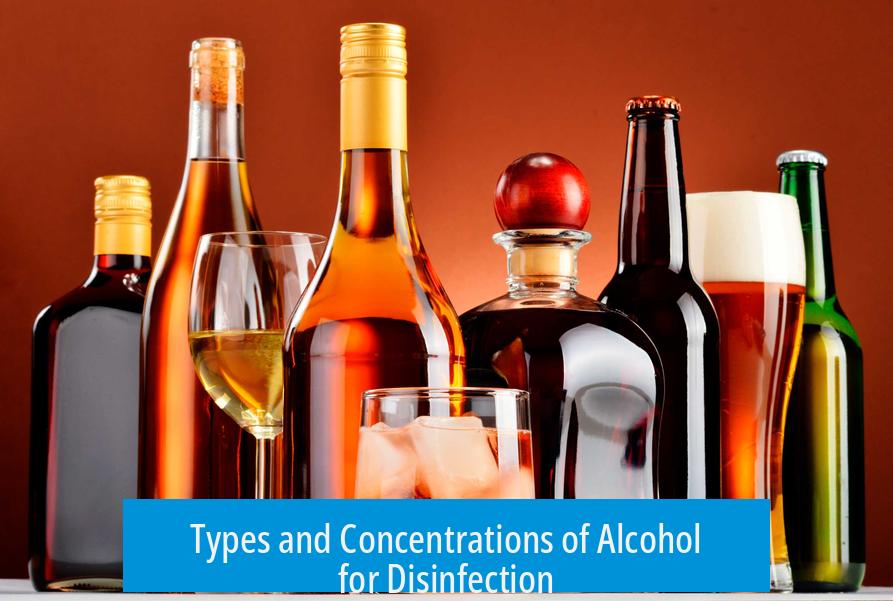
Isopropyl Alcohol (Rubbing Alcohol)
Isopropyl alcohol, commonly called rubbing alcohol, is a top choice for disinfection outside food-contact surfaces. It typically comes in concentrations from 60% to 91%, with 70% being the most effective for disinfecting.
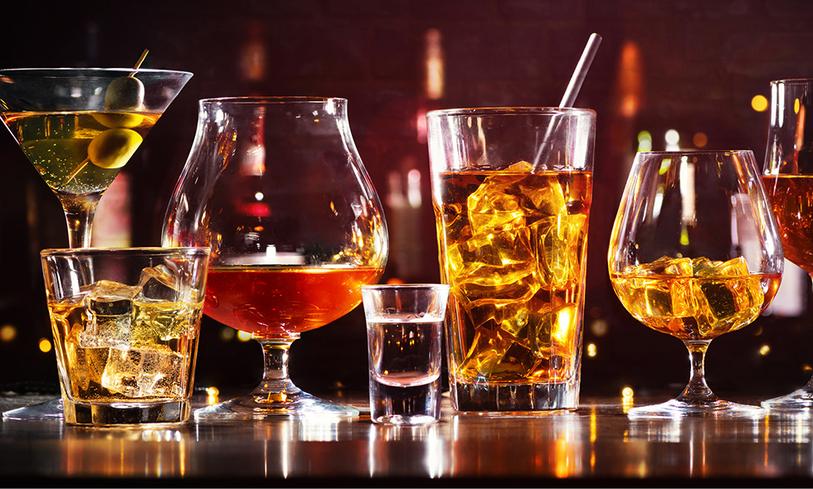
- 70% isopropyl alcohol balances water and alcohol to optimize protein denaturation in microorganisms.
- Higher concentrations (above 90%) evaporate too quickly, reducing contact time and efficacy.
- Lower concentrations (below 60%) lack sufficient alcohol to kill germs effectively.
- It evaporates quickly, leaving surfaces clean and odorless without necessity for rinsing.
- Rubbing alcohol is not safe for ingestion and can irritate skin if used at high concentrations or frequently.
In food factories, isopropyl alcohol is favored because it evaporates rapidly, ensuring no residue remains on equipment. However, it should not be used directly on food items.
Ethanol (Grain Alcohol, Everclear)
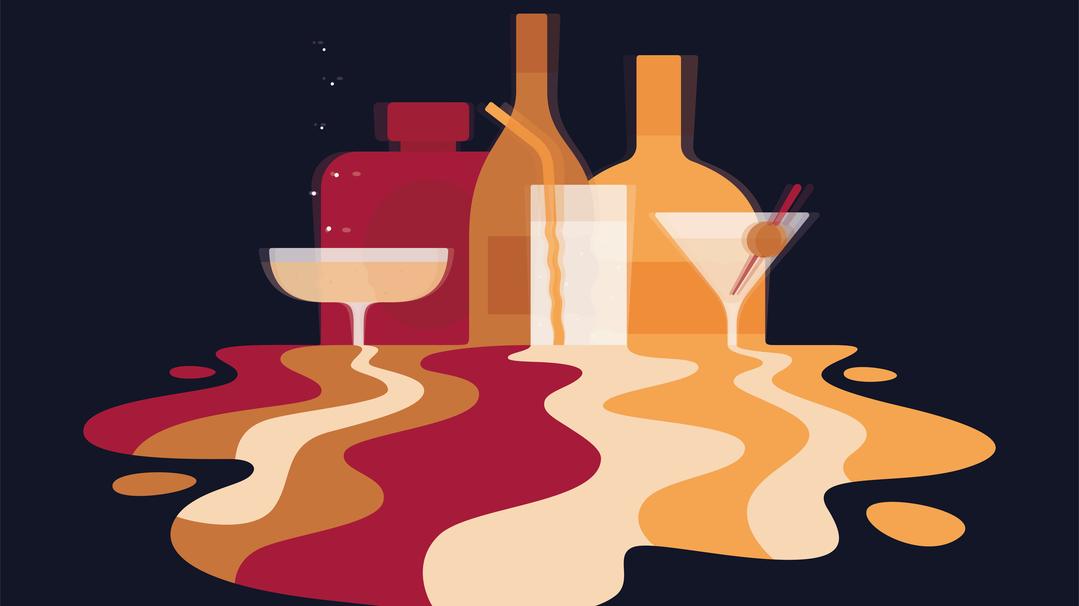
Ethanol-based disinfectants include non-denatured grain alcohols such as Everclear, typically at 90%-95% purity. These are also effective disinfectants but require dilution to approximately 70% for optimal activity.
- During the COVID-19 pandemic, hand sanitizers specified a minimum of 70% ethanol for efficacy.
- Pure ethanol above 90% evaporates too quickly, compromising germicidal action.
- Lower proof alcoholic beverages like vodka (around 40%) are ineffective for disinfection and unsuitable due to sugar content, which can feed bacteria after alcohol evaporates.
- Food-safe ethanol sprays are formulated for kitchens and food prep areas to sanitize without harmful residues.
Optimal Alcohol Concentration for Disinfection

The ideal concentration for alcohol disinfectants falls near 70%. This ensures balance between evaporation rate and microorganism exposure. The water content supports protein denaturation, which is the primary antiseptic mechanism.
Alcohol concentrations below 60% or above 90% exhibit reduced germicidal efficiency.
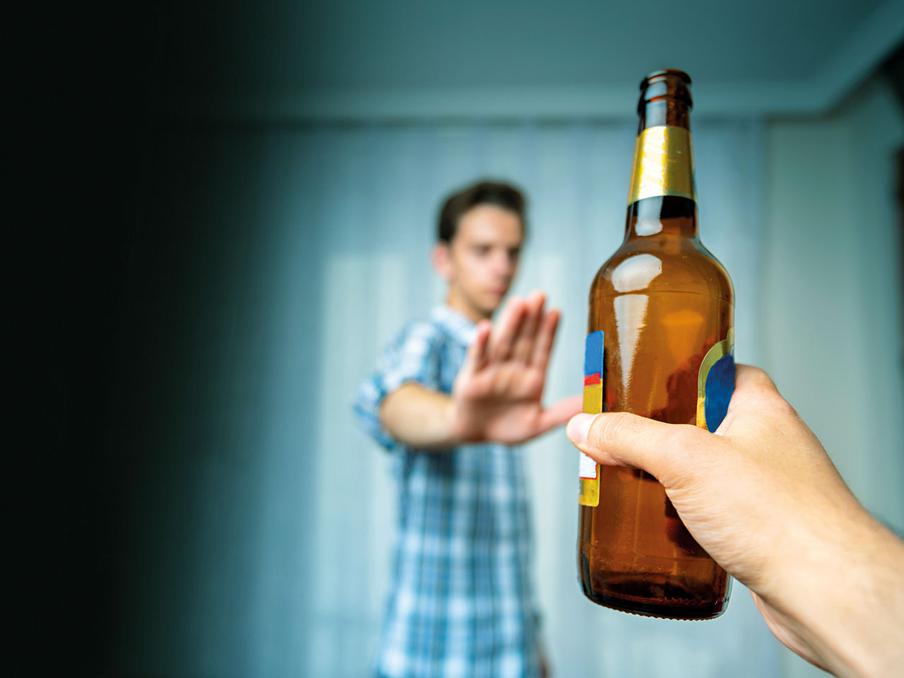
Allowing surfaces to air dry with 70% alcohol solutions maximizes disinfection. The alcohol must remain wet on the surface long enough to deactivate germs effectively.
Usage Recommendations and Practices
Application Methods
Use isopropyl or ethanol-based alcohol to wipe down non-food-contact surfaces thoroughly. Wait until the alcohol evaporates completely before further handling.
- Food prep areas should primarily be cleaned with soap and hot water rather than alcohol spray.
- Hand sanitizers based on 70% alcohol offer quick and convenient disinfection of hands, especially when soap and water are unavailable.
- Avoid spraying alcohol directly onto food.
- Spraying food prep surfaces with alcohol is generally safe if allowed to dry fully.
Limitations and Safety Concerns
Isopropyl and ethanol alcohols pose some risks and limitations with regard to skin and health.
- Repeated or excessive use can irritate and dry skin, damaging the microbiome that supports immune defense.
- Alcohol vapor is highly flammable; avoid use near open flames or sparks.
- Inhalation of evaporated alcohol over long periods may have adverse effects; good ventilation minimizes this risk.
- Rubbing alcohol is not safe for ingestion under any circumstances.
- Overuse on skin may lead to increased susceptibility to infections due to microbiome disruption.
Alternatives and Complementary Practices
Soap and Water
Soap combined with water remains one of the best methods to remove and kill germs on skin and surfaces. Its surfactant properties physically remove microbes and oils.
- Soap disrupts microbial membranes efficiently without drying skin like alcohol.
- Most surfaces and hands can be cleaned effectively with soap and water alone.
- Frequent washing supports skin health better than repeated use of harsh disinfectants.
Other Disinfectants
Other chemical disinfectants can complement or substitute alcohol in certain situations.
| Disinfectant | Use | Advantages | Limitations |
|---|---|---|---|
| Bleach (0.1% solution) | Surface disinfection | Powerful germicidal action | Corrosive, needs rinsing |
| Hydrogen Peroxide (3%) | Topical antiseptic | Less harsh on skin than alcohol | Degrades quickly with light |
| Thymol-based disinfectants | Alternative surface cleaner | Natural compound, effective | Less studied, may be costlier |
| Silver dihydrogen citrate (SDC) | Food-contact safe surfaces | Non-drying to skin, germicidal | Less widely available |
| Hypochlorous acid solutions (“baby sanitising water”) | Safe on skin and food contact | Non-toxic, ingestible | Short shelf life |
Notes on Specific Products and Considerations
Vodka and Other Alcoholic Beverages
Bargain-brand vodka averages around 40% alcohol, insufficient for disinfection. Added sugars and other compounds promote bacterial growth after alcohol evaporation.
Higher proof grain alcohols designed for industrial or laboratory use are preferred. Vodka is unsuitable for sanitation purposes despite being an alcoholic liquid.
Skin Health and Microbiome
Overusing disinfectants on skin disrupts microbial flora that naturally protects against harmful infections. Careful moderation of alcohol use is critical.
- Avoid soaps or disinfectants containing chlorhexidine unless prescribed medically to reduce risk of resistant germs.
- After disinfection, applying moisturizers can help restore skin barrier function.
Psychological Context and Use Patterns
Compulsive use of disinfectants can worsen skin health and psychological states. Counseling and balanced hygiene approaches are advisable.
Excessive disinfection does not improve immunity but may degrade protective skin microbiota, leading to greater infection risk.
Key Takeaways
- Alcohol disinfectants work best around 70% concentration for effective protein denaturation and germ killing.
- Isopropyl alcohol and ethanol are common disinfectants but must not be ingested or applied excessively to skin.
- Soap and water remain efficient and skin-friendly options for cleaning both hands and surfaces.
- Other disinfectants such as bleach, hydrogen peroxide, and thymol offer alternatives depending on the context.
- Using vodka or low-proof spirits is ineffective and potentially harmful for disinfection.
- Excessive alcohol use on skin can damage the microbiome and increase vulnerability to infections.
- Ensure proper ventilation when using alcohol as a disinfectant to avoid inhalation hazards.
Alcohol as a Disinfectant: More Than Just a Handy Cleaner
So what exactly makes alcohol a good disinfectant? Simply put, alcohol—mainly ethyl (ethanol) and isopropyl—is highly effective in killing a broad range of germs when used correctly. It disrupts proteins and fats in microbes, rendering them inactive. That’s why you find rubbing alcohol and hand sanitizers based on alcohol all over hospitals, labs, and, yes, your kitchen counter.
But don’t just grab any bottle with booze and start wiping your surfaces—there’s a science behind it worth understanding. Grab your coffee, and let’s dive into the truths, quirks, and best practices about using alcohol as a disinfectant.
Alcohol Types and Why Concentration Really Matters
The two main contenders in the disinfectant booze arena are:
- Isopropyl Alcohol (Rubbing Alcohol)
- Ethanol (Grain Alcohol, Everclear)
Isopropyl alcohol is your go-to for most household disinfection. Ever noticed how rubbing alcohol burns just right and evaporates quickly? That’s why it’s favored where you don’t want a sticky residue. It’s typically sold at 70%, which strikes the right balance between efficacy and safety. Pure 91% or higher isn’t recommended on skin because it removes natural oils and irritates.
Important tip: You should dilute isopropyl alcohol to about 60-70% for the best kill power. Why? Because alcohol needs water to denature proteins effectively, so 100% alcohol dries out germs before it can kill them. Imagine trying to fill a bucket with holes — too strong isn’t always better!
Now, ethanol, like Everclear, can also disinfect effectively when it’s above 70%. But don’t be fooled by your vodka bottle! Vodka’s around 40% alcohol, which is way too weak for killing germs, plus it contains sugars that can feed bacteria once the booze evaporates. So don’t reach for your cocktail to clean your phone screen.
The Magic Zone: Why ~70% Alcohol is the Sweet Spot
Alcohol concentrations below 60% won’t kill germs effectively, while those greater than 90% turn into potential no-shows. At very high concentrations, alcohol rapidly evaporates and just leaves microbes dehydrated but still alive.
So, why is 70% generally the best? Because it stays wet longer, giving the alcohol time to break down proteins in bacteria, viruses, and fungi. That air-drying action isn’t just about leaving a smudge-free surface—it’s the germ killer clock ticking away.
How Alcohol Works: The Science Behind the Swab
Alcohol primarily kills microbes by destroying their proteins. This breaks down the structural and enzymatic machinery essential for their survival. Research also shows it interferes with respiratory enzymes and metabolic processes, basically sabotaging the germ’s factory operations.
But it’s selective—it does not kill spores. If you think of spores as tiny fortress-tough seeds, alcohol can’t breach them. That’s why alcohol isn’t used for sterilizing surgical tools—those need something stronger.
Practical Uses: What to Clean with Alcohol and When to Think Twice
- Great for: Non-porous surfaces like countertops, keyboards, phones, stethoscopes, scissors, and even helmet visors.
- Not recommended for: Food prep directly (wash with soap and hot water here!), your skin if overused, or delicate surfaces like rubber and plastics (prolonged use can degrade them).
One experienced factory worker shares that their entire food-processing line gets sanitized with rubbing alcohol because it evaporates quickly and leaves no harmful residue. The key is letting it dry fully so all the germs meet their match.
On skin, especially hands, repeated alcohol use without moisturizing can leave them dry and cracked—a fresh invitation for infections. That’s why hand sanitizers often include moisturizers.
Safety First! Don’t Drink the Disinfectant, Please
Isopropyl alcohol is _not_ safe for consumption. It’s toxic and intended for external use only. Its quick evaporation is both a blessing and a curse—good because it disappears quickly, but bad because inhalation of fumes can irritate your airways. Always use it in well-ventilated spaces and keep it away from flames because alcohol vapors are highly flammable.
Need to clean a large area? Just beware — spraying alcohol across a whole room could create a flammable vapor cloud. Moderation and caution win the day.
Alternatives and Complements: When Alcohol Isn’t Your Best Friend
Fun fact: soap and water kill almost everything alcohol does and sometimes better. Soap destroys the lipid membranes of viruses and bacteria and rinses them away. Plus, it’s gentle on skin and surfaces.
For certain situations, other disinfectants shine:
- Bleach (max 0.1% for surfaces): Effective but can be harsh and toxic; use carefully.
- Hydrogen Peroxide: Less drying to skin, great as a topical antiseptic.
- Thymol-Based Disinfectants: Natural alternative with proven efficacy.
- Silver Dihydrogen Citrate: Safe on food contact surfaces, less drying on skin.
Restaurants often rely on specialized products like Star San, which disinfects food preparation tools without harsh chemicals or residues.
Handling the Psychology of Disinfection: When Cleaning Becomes Compulsive
Some folks get a bit… enthusiastic with disinfectants, thinking more is always better. Spoiler alert: too much alcohol or disinfectant use can lead to dry skin, disruption of your microbiome (the ‘good germs’), and ironically, a weaker immune defense on your body’s surface.
As one thoughtful observer points out, convincing a loved one to dial back on obsessive disinfecting can be tough, especially if they’re working through anxiety or OCD. Hydration and skin care become crucial parts of any disinfecting routine here, often needing professional support beyond just handing over more bottles of cleaner.
To Sum Up: Mastering Alcohol Disinfection Like a Pro
| Alcohol Type | Recommended Concentration | Best Uses | Notes/Warnings |
|---|---|---|---|
| Isopropyl Alcohol | 60-70% | Non-food surfaces, instruments, general cleaning | Evaporates quickly, drying to skin, toxic if ingested |
| Ethanol (Everclear) | 70%+ | Surface disinfection, some food prep areas (with rinsing) | Not vodka! Pure grain alcohol is preferred |
| Other Disinfectants | N/A | Specific applications: bleach for tough stains, hydrogen peroxide for wounds | May damage surfaces or skin with excessive use |
Alcohol disinfectants are powerful tools when used wisely. They kill germs by denaturing proteins and disrupting membranes, work best around 70% concentration, and evaporate quickly—making them perfect for quick surface cleaning but less ideal for sterilizing surgical tools or frequent skin use.
So next time you grab that bottle of rubbing alcohol, remember: it’s science and art combined! Use it with care, don’t drink it, let it air dry, and if skin gets dry, reach for moisturizer. Have you ever noticed how some cleaners leave no smell, while others remind you of a chemistry lab? Yes, that’s alcohol in action—quick, clean, and efficient.
Ready to disinfect like a champ? Put that knowledge to work, save your skin, and keep those germs where they belong—gone!
What is the ideal concentration of alcohol for effective disinfection?
The best concentration is around 70%. Lower than 60% or higher than 90% alcohol is less effective at killing germs. At 70%, alcohol needs to air dry on the surface to work properly.
Can rubbing alcohol be used safely on skin and surfaces?
Yes, rubbing alcohol (isopropyl) disinfects surfaces and skin but can dry out skin with frequent use. Avoid ingestion. It evaporates quickly and usually does not need rinsing.
Is vodka a good substitute for alcohol-based disinfectants?
No. Vodka is typically about 40% alcohol, which is too low. It contains sugars that feed germs after evaporation, making it ineffective for disinfection.
Why should alcohol not be overused on skin?
Excessive use kills good bacteria on the skin, harming the skin’s microbiome. This can increase infection risk and cause dryness, so moisturizing after use is important.
Are there better alternatives to alcohol for disinfecting food preparation areas?
Soap and hot water work well for cleaning food prep areas. Also, ethanol-based surface cleaners designed for food areas or products like Star San are safe and effective options.


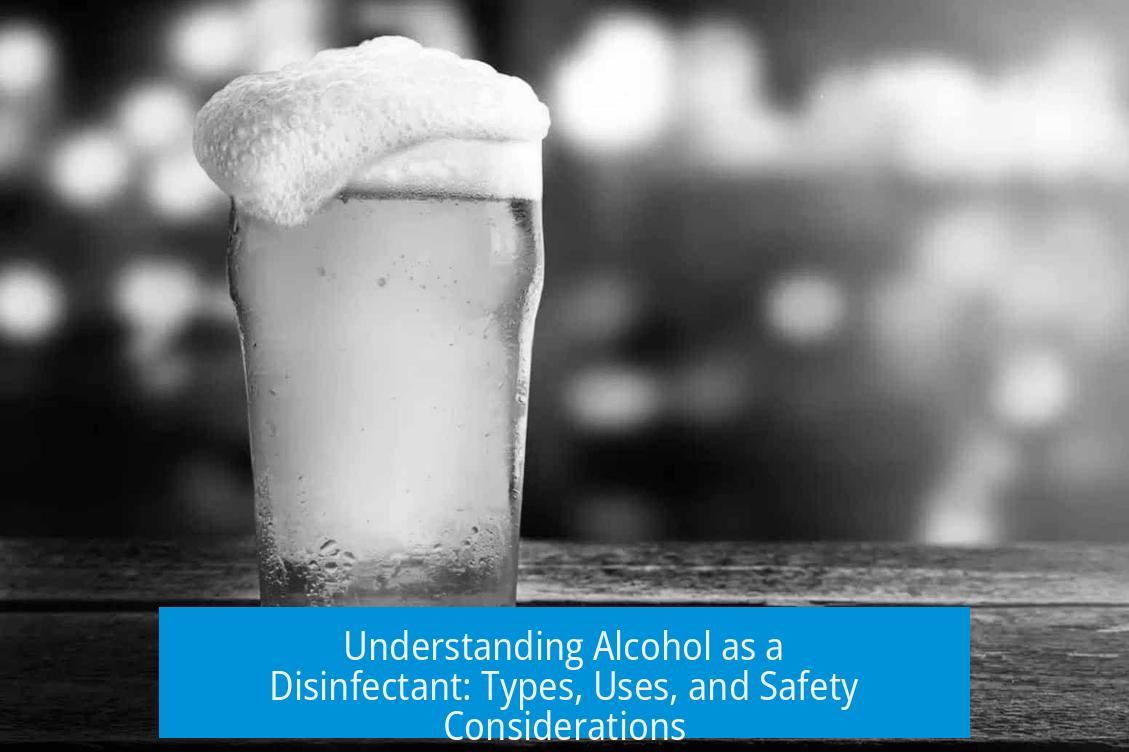
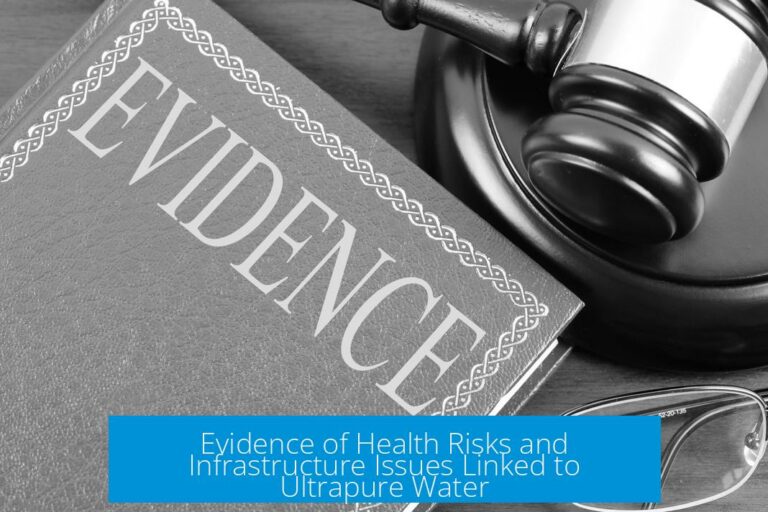
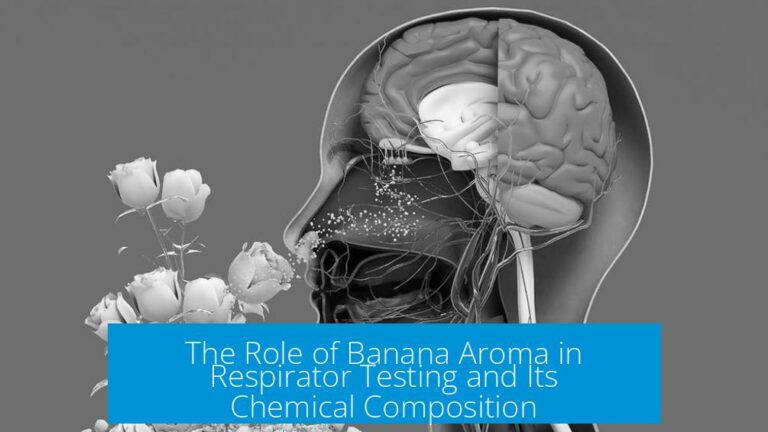
Leave a Comment